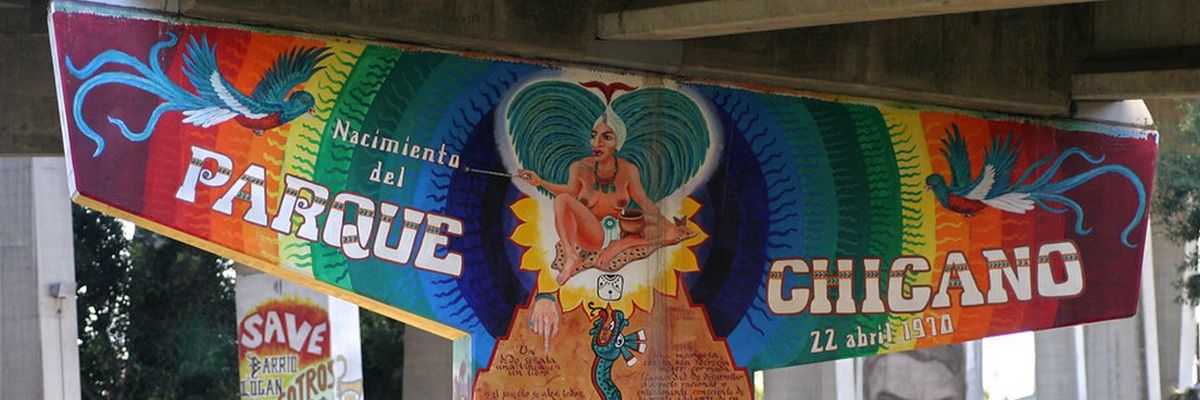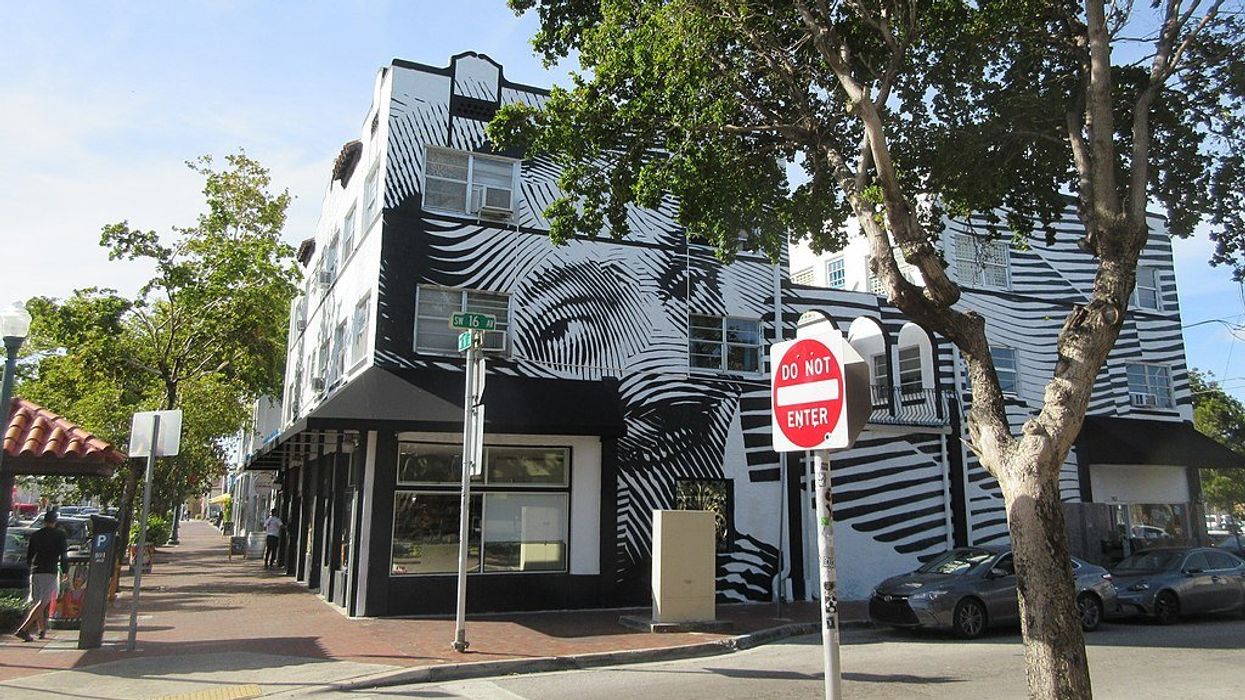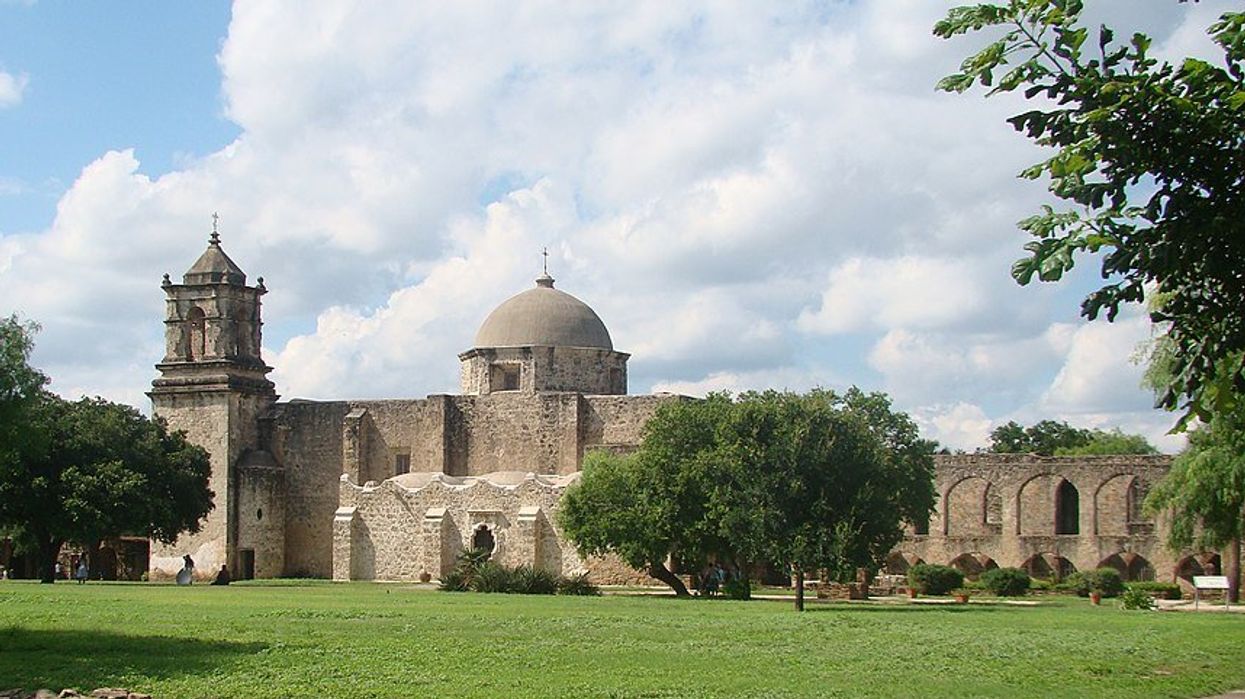Latino Heritage Across America: Historic Sites You Can't Miss

The United States is a country rich in cultural diversity and historic depth. Among the many cultures that have woven their threads into the national fabric, the Latine community holds a place of great significance.
Through its long history in the U.S., the Latine community has contributed significantly to the nation's art, culture, politics, and more. Let’s take a journey through some must-visit Latine historic sites in the U.S. that serve as vivid reminders of our community's contributions and resilience:
Chicano Park, San Diego, California

Chicano Park, San Diego, California
Our first stop is Chicano Park, a vivid testament to the Mexican-American community's activism and resilience. What makes this site historically important? Well, in the 1970s, this park was born out of protest when the community successfully halted the construction of a California Highway Patrol station on this land. It represents an important chapter in civil rights history and is home to the world's largest collection of Chicano murals—more than 80 paintings that narrate the struggle and hopes of a community.
Calle Ocho, Little Havana, Miami, Florida

Calle Ocho, Little Havana, Miami, Florida
via Wikimedia Commons
Next, we'll immerse ourselves in the pulsating beat of Miami's Little Havana. The historical importance of Calle Ocho (Eighth Street) is tied to the migration of Cubans following the 1959 Cuban revolution. It became a cultural, commercial, and social hub for Cuban exiles, and over time, has evolved into an epicenter of Cuban culture and identity in the U.S. The Calle Ocho Walk of Fame commemorates Latine stars, much like Hollywood's Walk of Fame, underscoring the community's contributions to arts and culture.
San Antonio Missions, San Antonio, Texas

San Antonio Missions, San Antonio, Texas
via Wikimedia Commons
The San Antonio Missions in Texas, a UNESCO World Heritage Site, stand as poignant reminders of the Spanish colonization era. The missions tell tales of indigenous peoples' encounters with Spanish colonizers, highlighting the cultural exchange that ensued and the enduring impacts of this colonial history. Visiting these missions helps us understand the early seeds of Latine presence in the region, which has shaped Texas's cultural landscape.
El Pueblo de Los Angeles Historical Monument, Los Angeles, California

La Placita Church, found within the area of El Pueblo de Los Angeles Historical Monument in Los Angeles, California
via Wikimedia Commons
In the heart of modern Los Angeles lies the El Pueblo de Los Angeles Historical Monument—its birthplace. This site, where 44 settlers of Native American, African, and European descent founded the city in 1781, is historically significant as it's a testament to the multicultural roots of L.A. Today, the vibrant Olvera Street within the monument area recreates a version of old Los Angeles and serves as a hub for celebrating Mexican culture and traditions.
Cesar E. Chavez National Monument, Keene, California

The César E. Chávez National Monument Entrance
via the U.S. National Parks Service
Finally, we reach the Cesar E. Chavez National Monument. Historically, this site is important because it commemorates the life and work of Cesar Chavez, a pivotal figure in the American labor movement. His advocacy for farmworkers' rights led to significant labor reforms, making this monument a beacon of social justice. Visitors can explore Chavez's home and final resting place and a memorial garden dedicated to his life.
Embarking on a tour of these historic sites is not just a journey through time; it's a celebration of the enduring Latine presence that has shaped and enriched the United States. Each location carries a piece of the greater story—a story of struggle, resilience, celebration, and enduring influence—that continues to impact the nation today. So go ahead, start your adventure, and let the captivating spirit of Latine history inspire you!
- Discovering the Complexity of Latino Ethnicities in the U.S. ›
- 5 Latinas in U.S History We Bet You Didn’t Know About ›











